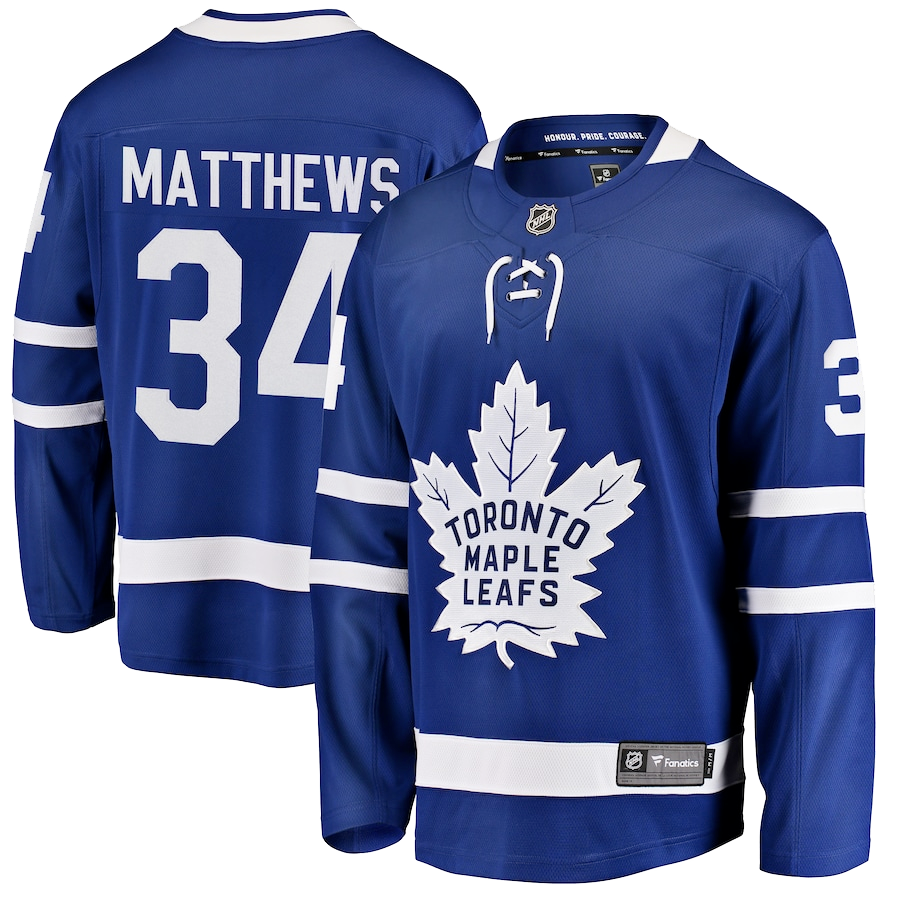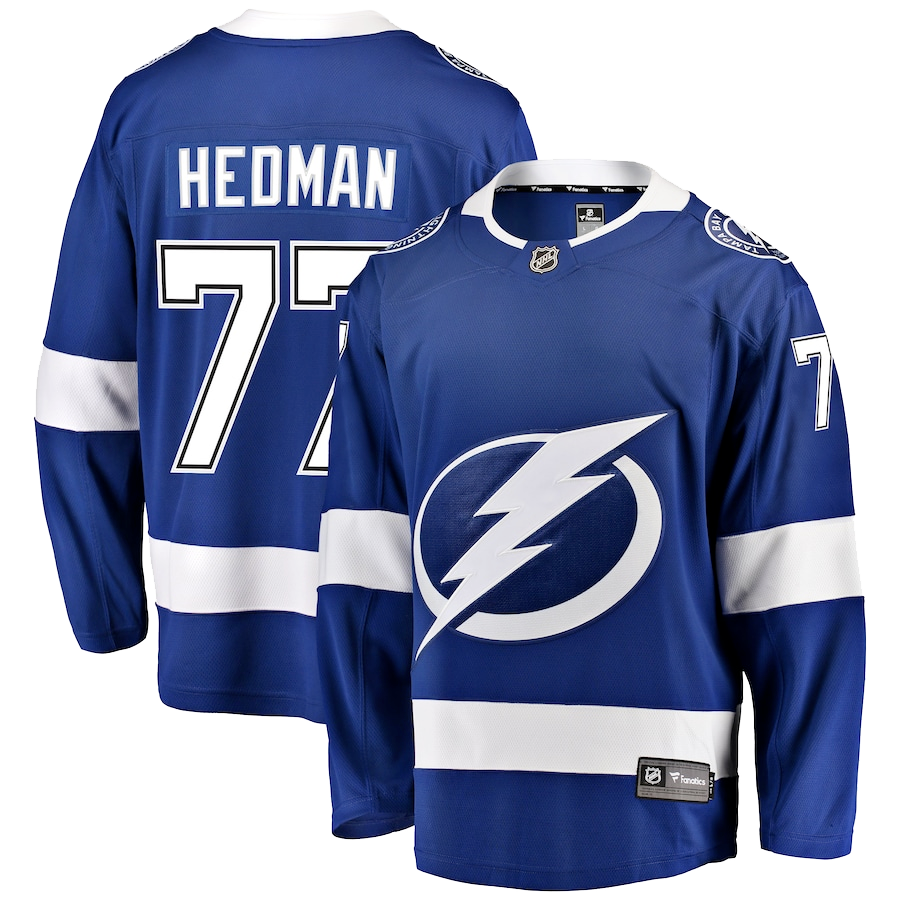Not many North American fans ever saw Vaclav Nedomansky play. His career over here concluded over 35 years ago. Perhaps none saw him play in his prime, because his best days as a hockey player came under Communist rule as a citizen of Czechoslovakia, for whose national team he played from the mid-1960s until he made a daring escape, the first of a line of hockey “defectors” to seek the freedom of the West, as the lingo used to go. That was 1974.
Now, he’s a member of the Hockey Hall of Fame, or will be after being inducted in the fall. Speaking to me from Palm Desert, California, on the afternoon the announcement was made, he said when asked about the fact that this honor will still stand in 100 years, “I’m not narcissistic, but I’ve spent all my life on hockey, in so many roles, from player to teacher to scout. Before me, a couple of Swedes played in the NHL, but I was the first of the [influx] of European players.”
He later said, “When I went after this dream 50 or more years ago, I was never hoping for anything like this. I just wanted to make a living and help my family to live in the free world.”
The story is so much more wonderfully complicated than can be said in such a brief description.
“Big Ned” started playing as a boy of about 11, in Hodonin. He carried on as a university student in Bratislava, where he studied physical education and played in the Czechoslovak Extraliga. That career lasted for 12 years, but the real test was his play with the National team. He was with this squad for a decade, taking part in 10 World Championships. Three times he led the tournament in scoring. Four times, he was the leading goal-getter.
His career highlight was winning the World Championship in 1972, to break the dominance of the mighty Soviet team, who had won it nine times in a row dating back to 1963. He still has the medal, and when I asked him about it a couple of years ago, he said it’s in a shoebox in his house.
It was the same year, 1972, that he took a shot (almost) heard round the world. As everyone knows, the Russians and Czechoslovakians had an uneasy relationship, culminating in the Russians and several other countries occupying their fellow Communist country in the Warsaw Pact invasion of 1968, led by Russia.
In hockey, the Russians were dominant tormentors of other teams, including the Czech squad, and while the latter had been getting the better of them at times, the Russian coach was his same belligerent self, win or lose. The man’s name was Anatoly Tarasov, and when he persisted in yelling and cursing at Nedomansky during an Olympic contest in 1972, Nedomansky did what he could: he corralled a puck and winged a wrist shot at Tarasov as he stood behind the bench.
Over the years, Nedomansky got to visit North American to play, and his impressions, especially of Canada, were always the same—it was all about the hockey. He knew he had to test his skills against NHL players, the best in the world.
Several times, diplomatic efforts were made to get him released to play in North America. They never worked, and the government eventually seized his passport. He told me, “I felt like if they found out I was looking to leave, they would kill me, as had happened to other people.”
But he couldn’t deny his desire to play in Canada, and so he planned to escape across the border and eventually make his way to Switzerland. He packed a couple of suitcases, bundled his wife and young son in the car, used a secret second passport he had, and drove to freedom under the guise of taking a vacation. He had a number of someone who would help, a German-English guy, as he describes him. He made the call. It worked, and North American hockey people were soon at his side spiriting him to Toronto.
He couldn’t just jump into the NHL. There were rules between the IIHL and the NHL preventing this transfer for 18 months. So he joined the Toronto Toros of the WHA, toiling with them from 1974-76 and the Birmingham Bulls from 1976-78 when the Toronto team moved. It sounds like the hinterlands of hockey now, but some players on those teams included Frank Mahovlich and Paul Henderson, Ken Linseman and Mark Napier. Big Ned averaged 35 goals a year with those clubs, and the fourth season, he got his chance to fully live his dream.
After 12 games of the 1977-78 season, he moved to the best league in the world in the form of a spot with the Detroit Red Wings, for whom he played until 1982.
It was then a couple of last gasps, with St. Louis and the Rangers, during the 1982-83 season. His only NHL playoff experience was seven games with the Red Wings in the spring of 1978. He garnered eight points in those games.
The totals are impressive, especially when you consider that Nedomansky started with the WHA squad when he was already 30 years old: 673 games, 257 goals, 531 points between the two North American pro leagues. Remember, his induction is not into the NHL Hall of Fame (which doesn’t exist). It’s into the Hockey Hall of Fame, and this player was one of the most fierce and furious talents of all time. He proved it by staying dominant until almost the age of 40 and despite undergoing things that a weaker spirit would never have survived.
Add all that up, and you have a Hall of Fame career which spans much more than time. It joins eras and reminds us of the half-century following the political upheaval that took place after WW2 and which seems so remote from hockey when it’s just a textbook entry about the “Cold War.”
This was about a life, a career, a supreme talent which almost wasn’t enjoyed on our side of the Atlantic because of political decisions made in Prague and Moscow.
Even after he was with the Red Wings, the Czechoslovakian regime had it in for him. He played them with the NHL squad one time, and the Czech radio broadcast refused to mention his name, even though he, as he told me, “Broke my stick over their heads four times.” As he reports it, the radio call said that he had died in a car accident.
The government at the time also told him that he would never come home, and that he would be jailed if he tried it. He eventually visited in the 1990s. He now travels freely, that era but a shadow in most people’s memories, though perhaps more vivid in his.
Here’s something that the numbers and stories can’t tell you: Big Ned is a humble and engaging person off the ice, always willing to share what he’s doing or catch up about the past. We talk about a lot of things at games, ranging from the Ford Thunderbird he loves to drive to the world hockey scene.
When I texted him congratulations on the afternoon of the announcement, his answer was a simple, “Thank you Brian! Ned.” I’m sure he said it with his usual big, bright smile and a moment of reflection, because that’s how he treats every encounter with other people, whether a writer fortunate enough to have gotten to know him a little bit or a fan who remembers and admires his career. He later told me when I asked about his family’s reaction, “We are all happy. So many people are calling. This is the top of our hockey lives.”
Lots more people will get the chance to celebrate him, both in November and forever. Good thing, and nice that they did it at this time. Big Ned is a healthy 75.
As he says it, “I’ve been in hockey for so many years, and I am in other Halls of Fame, but I never tried to get into anything as big as the Hockey Hall of Fame.” Now he’s done that, but not without surviving his share of scrapes.
***
For more about the Big Ned story, please see my book Living the Hockey Dream, from which some of the above is taken.








